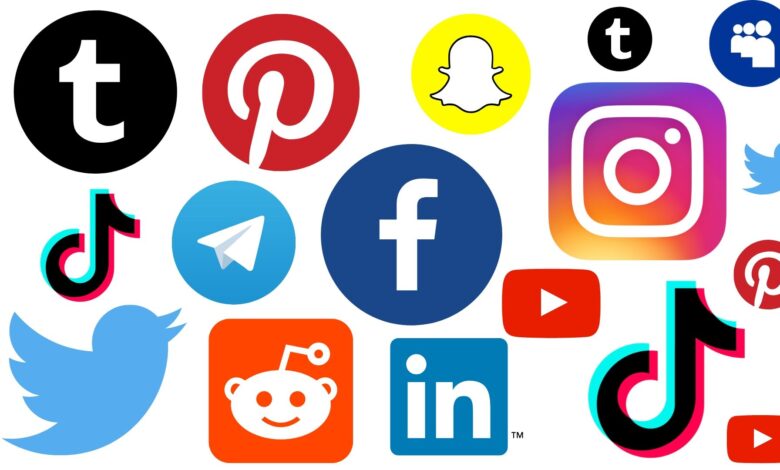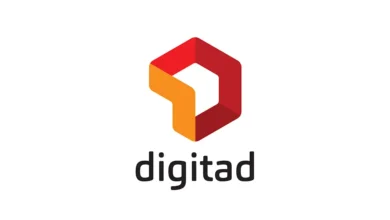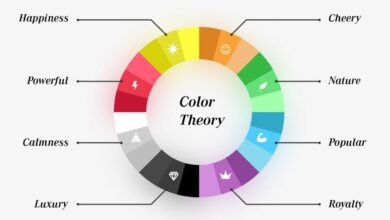Social Media Sites: How to Choose the Best Platform for Your Business

Introduction
Social media sites have become a cornerstone of modern communication, connecting billions of people around the globe. From personal interactions to business marketing, these platforms have transformed the way we share information and engage with one another. In this comprehensive guide, we will explore the evolution of social media sites, their various types, benefits, challenges, and best practices for effective use. Whether you’re a casual user or a business professional, this guide will provide valuable insights into the dynamic world of social media.
1. Evolution of Social Media Sites
1.1 Early Beginnings
The inception of social media can be traced back to the early 2000s with platforms like MySpace and Friendster. These early networks laid the foundation for online social interactions, allowing users to create profiles, connect with friends, and share updates. MySpace, in particular, became a cultural phenomenon, offering customizable profiles and a focus on music and entertainment. Friendster, while less successful in the long run, introduced the concept of connecting with friends of friends, which would become a staple feature of future social networks.
1.2 Major Milestones
The mid-2000s marked significant milestones in the evolution of social media. Facebook, launched in 2004, revolutionized social networking with its clean interface, real-name policy, and news feed feature. Twitter, introduced in 2006, popularized microblogging with its 140-character limit, allowing users to share bite-sized updates and engage in real-time conversations. LinkedIn, also launched in 2003, carved out a niche as a professional networking site, connecting job seekers, employers, and industry experts. These platforms set the stage for the diverse array of social media sites we use today.
1.3 Current Landscape
Today, the social media landscape is more diverse and dynamic than ever. Platforms like Instagram, Snapchat, and TikTok have introduced new ways of sharing visual content and engaging with audiences. Instagram’s focus on photos and videos, Snapchat’s ephemeral messaging, and TikTok’s short-form video content have captivated millions of users worldwide. Emerging platforms continue to push the boundaries of what social media can offer, reflecting the ever-evolving nature of digital communication.
2. Types of Social Media Sites
2.1 Social Networking Sites
Social networking sites, such as Facebook and LinkedIn, are designed to connect people and foster relationships. Facebook remains the largest social network, offering a wide range of features including status updates, photo sharing, and event invitations. LinkedIn, on the other hand, focuses on professional connections, allowing users to showcase their work experience, skills, and endorsements. These platforms provide a space for both personal and professional interactions, making them versatile tools for communication.
2.2 Microblogging Sites
Microblogging sites like Twitter and Tumblr offer a platform for sharing short, concise updates. Twitter’s real-time nature makes it ideal for breaking news, live event coverage, and public conversations. Users can tweet, retweet, and engage with content through likes and replies, creating a dynamic and fast-paced environment. Tumblr, known for its multimedia capabilities, allows users to post text, images, videos, and more, fostering a creative and diverse community.
2.3 Photo and Video Sharing Sites
Platforms such as Instagram, Snapchat, YouTube, and TikTok have revolutionized visual content sharing. Instagram’s focus on high-quality photos and videos, along with features like Stories and IGTV, makes it a hub for visual storytelling. Snapchat’s disappearing messages and Stories offer a more intimate and ephemeral form of communication. YouTube remains the go-to platform for video content, from vlogs to tutorials. TikTok’s short-form videos, set to music and enhanced with creative effects, have taken the world by storm, especially among younger audiences.
2.4 Discussion Forums
Discussion forums like Reddit and Quora provide spaces for users to ask questions, share knowledge, and engage in discussions on a wide range of topics. Reddit is organized into communities called subreddits, each dedicated to specific interests, allowing users to find and participate in conversations that matter to them. Quora focuses on question-and-answer format, where users can ask questions and receive answers from experts and enthusiasts. These forums foster in-depth discussions and knowledge sharing.
2.5 Professional Networking Sites
Professional networking sites like LinkedIn and Xing are tailored for career development and business networking. LinkedIn allows users to create detailed profiles highlighting their work experience, education, skills, and endorsements from colleagues. It also offers features for job searching, industry news, and professional groups. Xing, popular in Europe, provides similar functionalities, focusing on professional connections and career opportunities. These platforms are invaluable for job seekers, recruiters, and professionals looking to expand their network.
Conclusion
In conclusion, social media sites have revolutionized the way we communicate, share information, and connect with others. From their early beginnings to the diverse platforms we use today, social media continues to evolve and shape our digital landscape. By understanding the types of social media sites, their benefits, challenges, and best practices, users can make informed decisions about how to effectively utilize these powerful tools in their personal and professional lives





